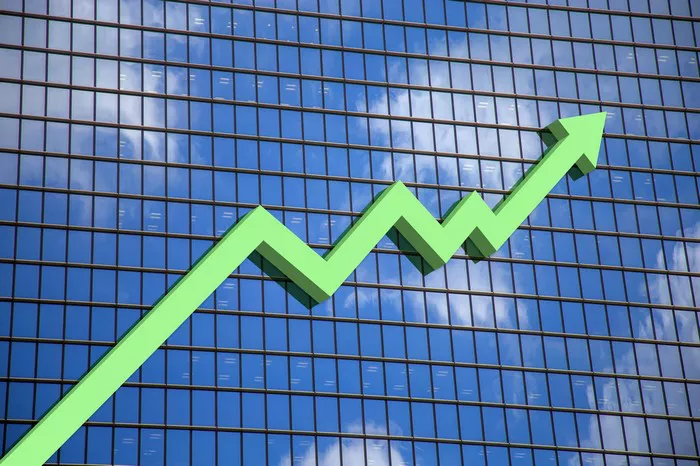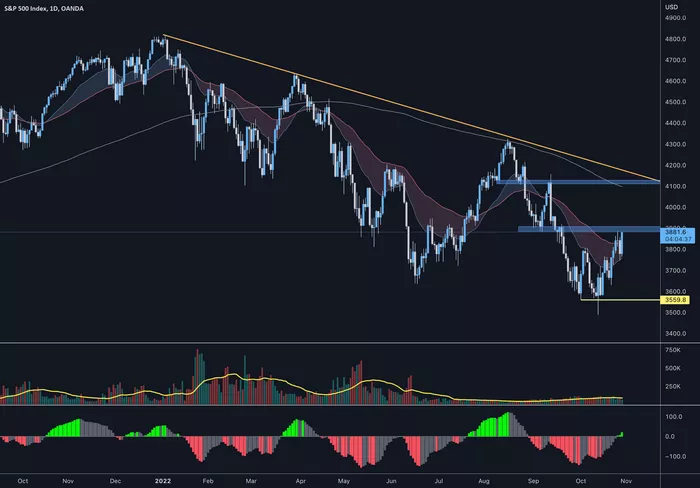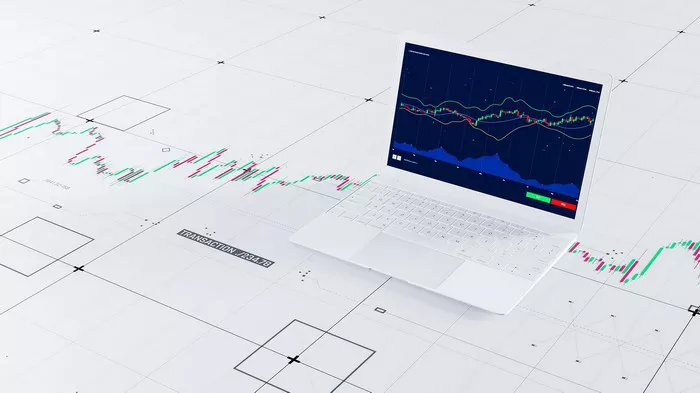Goldman Sachs said Thursday that the odds of a prolonged and sharp correction in the stock market are growing.
Even if Trump suspends tariffs, the risk of further downside is still more than 35%, the bank said.
The risk of a stock market pullback remains elevated since January, analysts said in a note.
President Donald Trump’s tariff pause may not be enough to prevent a further pullback in the stock market, Goldman said Thursday.
Stocks on Thursday gave up a lot of the gains recorded in Wednesday’s historic trading day. Goldman analysts said they still see “elevated” risk of further declines in stocks despite the sharp market declines in recent weeks and Trump’s removal of most tariffs on Wednesday.
Goldman’s equity pullback risk model, which predicts the likelihood of further market declines based on a number of indicators, recently surged above 35% in both the three-month and 12-month forecast horizons. That’s a strong signal that the S&P 500 will fall further, the bank wrote in a note, adding that the downside risk to the model has been rising since January.
“Typically, levels above 35% would strongly suggest downside risk for stocks, and both the three-month and 12-month probabilities are now above that level, especially when applying our economists’ bearish macro baseline,” the analysts wrote. “As we have previously noted, higher probabilities of equity pullbacks have historically led to lower equity forward returns and greater risk of maximum drawdowns.”
Analysts said a variety of factors increase the risk of further declines.
First, the economy’s leading growth indicators have declined. The central bank specifically pointed to a recent decline in manufacturing activity, with new orders and production measures both contracting in March, according to the Institute for Supply Management (ISM).
Recent market volatility has also hurt the outlook for stocks. The CBOE Volatility Index, also known as the stock market fear gauge, has fallen slightly since Trump first implemented reciprocal tariffs, but remains elevated compared to levels at the beginning of the year.
Policy uncertainty also remains high. The U.S. Economic Policy Uncertainty Index, a measure of unpredictability, surged to 689 on Wednesday, according to the Federal Reserve, down from a peak of 992 this month but still high by historical standards.
Goldman Sachs said downside risks appear to have not peaked yet.
“Until the probability of a stock market decline has clearly peaked, the risk of a further correction in the short term remains elevated. The magnitude of the decline does not reduce the risk of a short-term decline,” the analysts said.
Goldman Sachs withdrew its recession forecast after Trump suspended most reciprocal tariffs on Wednesday, but the bank still said there was a 45% chance of a recession next year.
Previously, analysts said they expected the S&P 500 to fall to 4,600 in the event of a full economic downturn, which would mean a further 13% drop from Thursday’s level, or a 25% drop from February’s all-time high.
Concerns about tariffs have weighed heavily on Wall Street’s outlook in recent weeks. Big banks such as Goldman Sachs, Barclays and Royal Bank of Canada have all cut their stock forecasts, citing the trade war as a major headwind for stock prices.

































